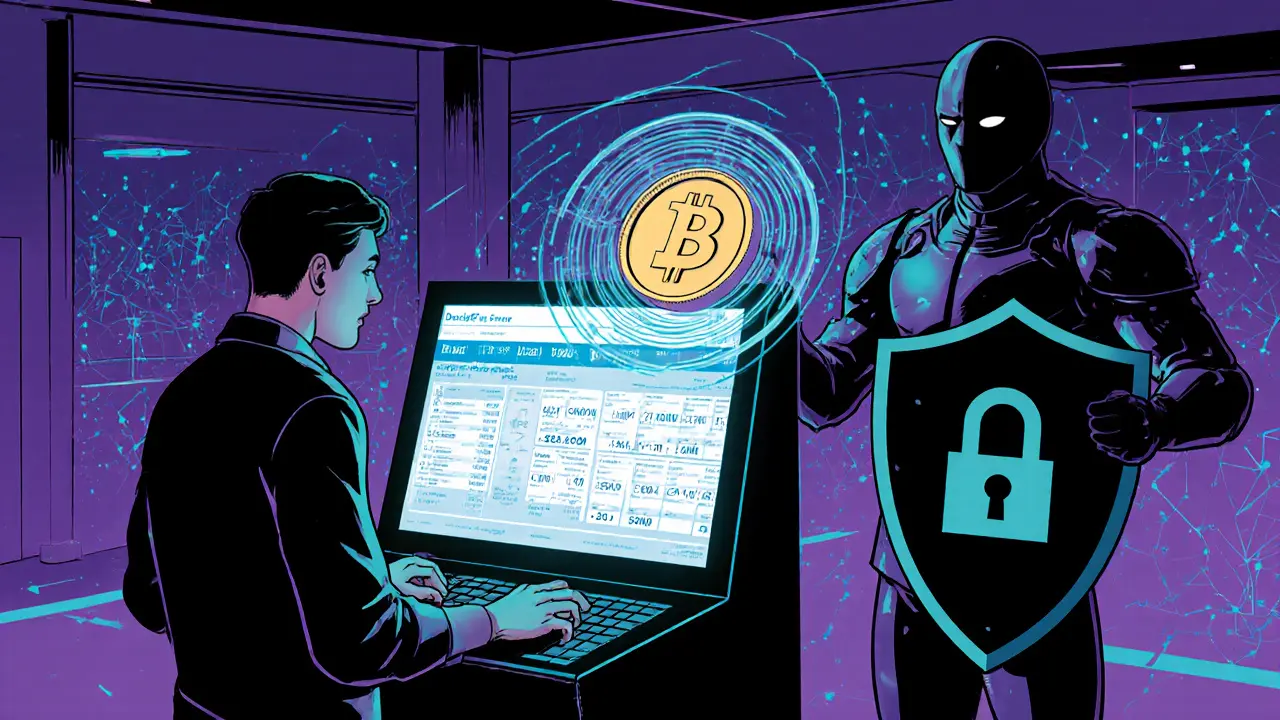How Exchanges Prevent Double-Spending Attacks
- Brandon Keys
- 11 10 2025 Crypto Security
Learn how cryptocurrency exchanges stop double‑spending attacks with confirmations, consensus mechanisms, and real‑time monitoring.
When working with Validator Penalties, the financial or reputational consequences imposed on blockchain validators for misbehavior, such as downtime or double signing. Also known as slashing, they help keep the network honest. Validator penalties are a core part of Proof‑of‑Stake, a consensus model where participants lock up tokens to earn the right to validate transactions, and they directly affect Staking Rewards, the earnings validators receive for correctly processing blocks. Another key piece is Slashing, the automatic reduction of a validator’s staked tokens when a rule is broken, which ties the penalty system to the overall security of the consensus mechanism.
Validator penalties come in three main flavors: inactivity, double‑signing, and equivocation. Inactivity penalties kick in when a validator fails to produce blocks for a set period, cutting into the staked amount and lowering the validator’s ranking. Double‑signing penalties are harsher; they punish any attempt to sign two conflicting blocks, a move that could fork the chain. Equivocation covers subtle misbehaviors like submitting contradictory votes, and it often triggers immediate slashing. Each penalty type has a predefined severity level, measured in a percentage of the validator’s stake, and the network automatically enforces it through smart contracts.
For delegators—users who entrust their tokens to a validator—penalties matter just as much as the raw reward rate. When a validator is slapped with a penalty, delegators see their share of the rewards dip, and in extreme cases they may lose part of their principal. This risk drives delegators to monitor validator performance dashboards and to switch to more reliable operators. Exchanges and staking services also factor penalties into their node‑selection algorithms, preferring validators with low slash histories to protect their users and maintain compliance with regulatory expectations.
The broader network benefits from a well‑designed penalty system. By making misbehavior costly, slashing deters attacks like “nothing‑at‑stake” exploits, where an attacker tries to sign multiple competing chains. At the same time, the threat of penalties encourages validators to run robust infrastructure—redundant nodes, reliable internet, and secure key management—raising the overall resilience of the blockchain. In practice, communities often fine‑tune penalty parameters during protocol upgrades to balance security with accessibility for smaller stakers.
Below you’ll find a curated set of articles that dive deeper into each of these aspects. From technical breakdowns of slashing algorithms to practical guides on choosing safe validators, the collection gives you the context you need to navigate the world of validator penalties with confidence.

Learn how cryptocurrency exchanges stop double‑spending attacks with confirmations, consensus mechanisms, and real‑time monitoring.